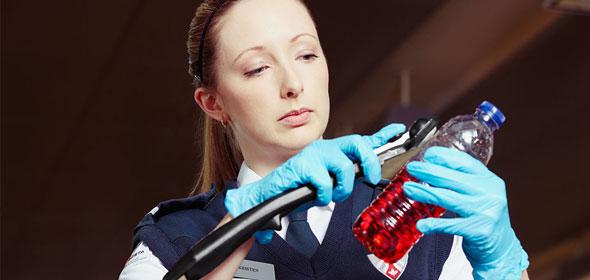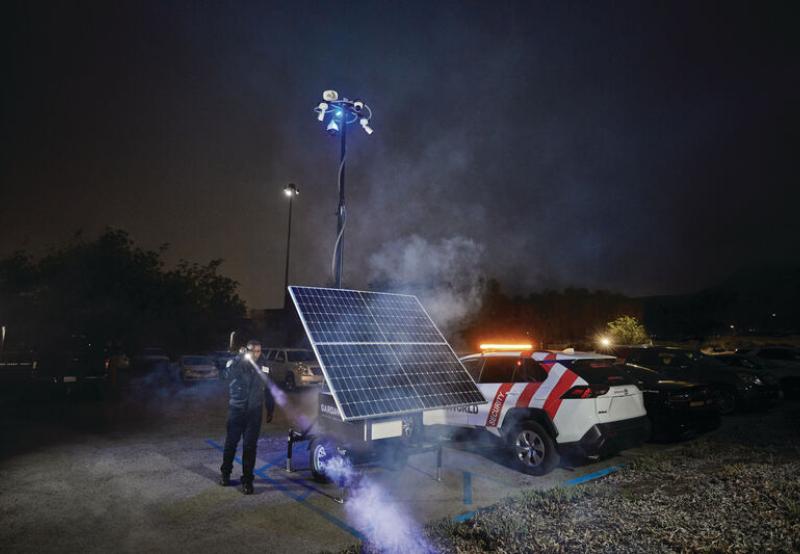
In August 2006, Transport Canada adopted new regulations in air travel pre-board screening, which prohibited air travelers to bring liquids and gels over 100ml in their carry-on luggage.
The new regulation on liquids and gels in the air travel industry followed a plan developed by extremists to blow up aircrafts over the Atlantic Ocean in the United Kingdom using mixtures of several liquid chemicals and sports drinks. They planned to board aircrafts departing Heathrow International airport in London with potential bombs previously undetectable by X-Rays and detonate these explosives carried on board seven planes travelling from the United Kingdom to the United States and Canada. The plot was however discovered and foiled by British authorities before it could be carried out.
In response to continuous change in extremists’ plans and practices, the air travel industry constantly adapts itself to prevent any plot against air travelers. Such an adaptation sometimes requires additional security measures to be implemented. As GardaWorld Aviation Services’ Regional Quality Assurance Manager – Central region, I understand the importance of complete and thorough screening of liquids and gels for passengers boarding a flight. The potential outcome of these attacks is what keeps me vigilant on a daily basis.
In order to make sure you are ready for pre-board screening in Canada, ensure that you have followed the liquids and gels regulations:
– Liquids are permitted as long as there is 100ml or less in a container and all containers fit in a re-sealable 1 liter plastic bag.
– Liquids for medical purposes are exempt from the liquids and gels limitations.
– All liquids must be presented outside of carry-on luggage for inspection by a screening officer.
All regulations could be subject to change and travelers should always review the Canadian Air Transport Security Authority’s (CATSA) procedures prior to traveling.








